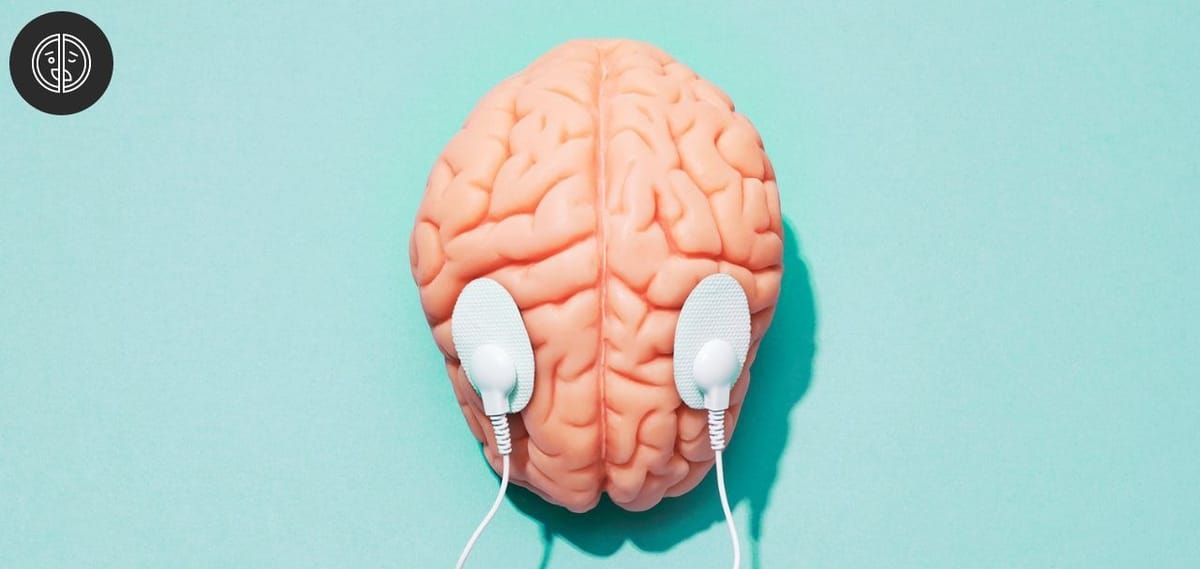What Is The Dissociative Identity Disorder Test?
What Is The Dissociative Identity Disorder Test - Delve into the complex process of diagnosing DID as we demystify the tools and techniques mental health professionals use to unravel this intricate condition.

Dissociative Identity Disorder is a mental health condition where a person seems to have more than one distinct identity or personality living inside them. Each of these identities can have its name, memories, and way of thinking and behaving. People with DID might switch between these identities without even realizing it, and sometimes, one identity might not remember what the others did.
In this article We learn how mental health professionals use specialized tests to unlock the secrets of DID, the condition with more twists than a thrilling detective novel.
- The DID Detective Toolkit: Discover the tools and techniques used in these tests, from psychological assessments to in-depth interviews.
- Am I a Potential 'Switcher'? Find out if you might benefit from a DID test by exploring the common signs and symptoms that raise suspicion.
- Real-Life Insights: Dive into the stories of individuals who underwent DID testing, shedding light on their journey to understanding and managing this complex condition.
- Exploring the Gray Areas: Understand the challenges and controversies surrounding DID testing within the world of psychology.
So, if you're curious about how mental health professionals uncover the hidden facets of DID, grab your metaphorical magnifying glass, and let's embark on the adventure of the Dissociative Identity Disorder test!

This condition usually develops as a way for the mind to cope with severe trauma, especially during childhood. It can be challenging, but with the right help and support, individuals with DID can learn to manage their different identities and lead fulfilling lives.
Diagnosis of DID Through Clinical Evaluation
Dissociative Identity Disorder (DID) is typically diagnosed through clinical evaluation and interviews with a mental health professional experienced in dissociative disorders. There isn't a specific "test" like a blood test or a quiz you can take online to determine if you have DID. Instead, the process involves a series of assessments and discussions. Here's a simplified explanation:

- Clinical Evaluation: A mental health professional, such as a psychologist or psychiatrist, talks to the person to understand their symptoms, experiences, and history. They look for signs of DID, like memory gaps, identity confusion, and switching between different identities.
- Diagnostic Criteria: The professional uses criteria outlined in the Diagnostic and Statistical Manual of Mental Disorders (DSM-5) to determine if the person meets the requirements for a DID diagnosis.
- Psychological Testing: Sometimes, psychological tests or assessments are used to understand the person's experiences better.
- Interviews: Interviews with different identities or personalities, if present, might be conducted to learn more about them.
- Exclusion of Other Conditions: The clinician also checks if the symptoms could be due to other mental health conditions, ensuring an accurate diagnosis.
How Do You Test For Dissociative Identity Disorder?
- Clinical Evaluation: A mental health professional, such as a psychologist or psychiatrist, talks to the person to understand their symptoms, experiences, and history. They look for signs of DID, like memory gaps, identity confusion, and switching between different identities.
- Diagnostic Criteria: The professional uses criteria outlined in the Diagnostic and Statistical Manual of Mental Disorders (DSM-5) to determine if the person meets the requirements for a DID diagnosis.
- Psychological Testing: Sometimes, psychological tests or assessments are used to understand the person's experiences better.
- Interviews: Interviews with different identities or personalities, if present, might be conducted to learn more about them.
- Exclusion of Other Conditions: The clinician also checks if the symptoms could be due to other mental health conditions, ensuring an accurate diagnosis.
Key Takeaways!
The journey to understand and diagnose Dissociative Identity Disorder (DID) is a multifaceted one, requiring the expertise of mental health professionals. While there may not be a single test, the meticulous evaluation and exploration of symptoms lead to accurate identification, providing individuals with DID the opportunity to access the support and treatment they need for healing and recovery.
